Talk Overview
In this seminar, Dr. Lalita Ramakrishnan gives an introduction to tuberculosis (TB) pathogenesis, and gives an overview of Mycobacterium tuberculosis’ life cycle. She explains how the TB bacteria gain entry into the host by using specific lipids to avoid microbicidal macrophages and recruit growth-permissive ones. Once inside the macrophage, the bacteria use multiple virulence genes to survive intracellularly. In particular, Ramakrishnan discusses bacterial efflux pumps that, in addition to promoting intracellular survival, also induce tolerance to multiple antibiotics. Most individuals have effective counterstrategies so that they are able to clear TB infection by a combination of innate and adaptive immunity. Yet scientists have not been able to understand these defense strategies enough to harness them and create an effective vaccine against TB.
After the TB bacteria infect macrophages, a complex structure called a granuloma develops. Different immune cells arrive at the granuloma to surround the bacterial infection and fight the disease. In her second lecture, Ramakrishnan explains how her laboratory used a zebrafish model of TB to study the involvement of granulomas in TB progression. Although granulomas were thought to constrain infection, her laboratory showed that the bacteria hijack the granulomas to spread the disease. For example, Ramakrishnan showed that TB bacteria promote the recruitment of new macrophages to the granuloma that engulf dying infected macrophages to expand infection.
Ramakrishnan’s laboratory has studied the molecular pathogenesis of TB using the power of forward genetics in the zebrafish. They discovered that mutations in LTA4H, a key enzyme in the eicosanoid pathway that alters the levels of the cytokine tumor necrosis factor (TNF), affect tuberculosis pathogenesis by regulating the inflammatory response. This work showed that a balance of TNF is required for good TB prognosis, and neither high nor low inflammation was favorable. Correspondingly, they showed that genetic variation in LTA4H in humans helps explain patterns of TB meningitis survival when patients were exposed to a treatment that suppresses the inflammatory response.
Speaker Bio
Lalita Ramakrishnan

Dr. Lalita Ramakrishnan is a professor of immunology and infectious diseases at the University of Cambridge, UK. She received her medical degree from the Baroda Medical College in India, and her PhD in Immunology from Tufts University in Boston. After completing her medical residency at Tufts and a fellowship in Infectious Diseases at the University… Continue Reading
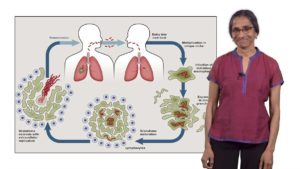
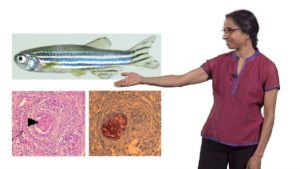
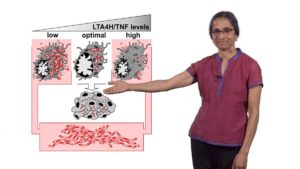
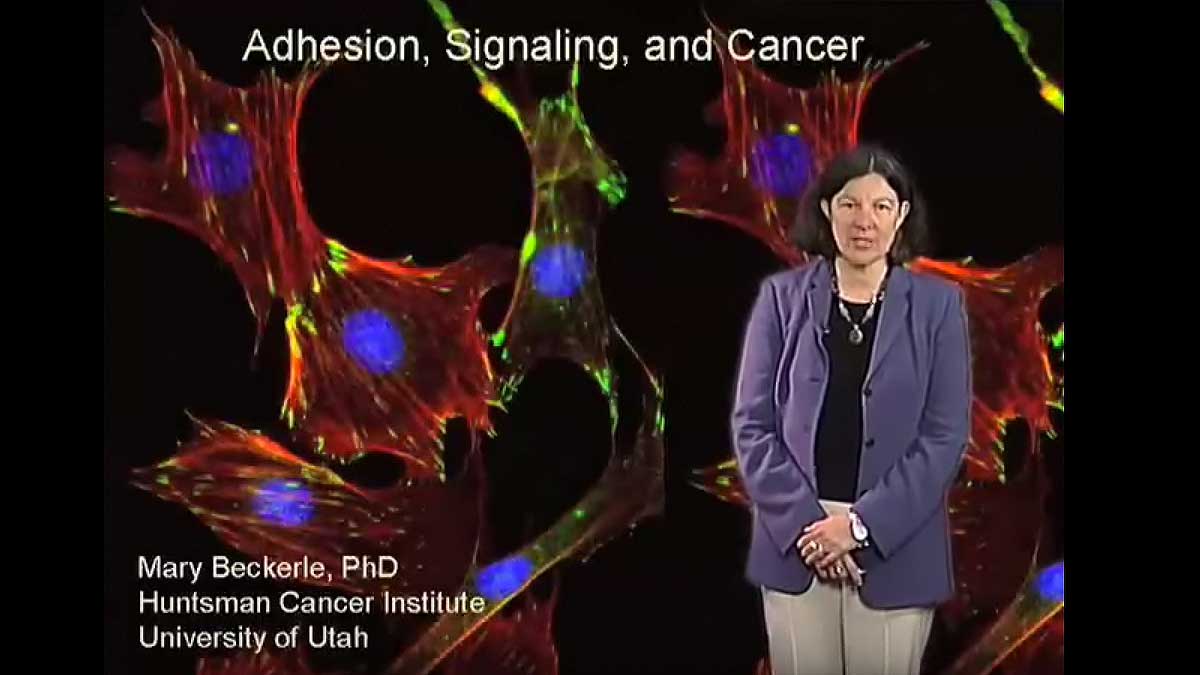
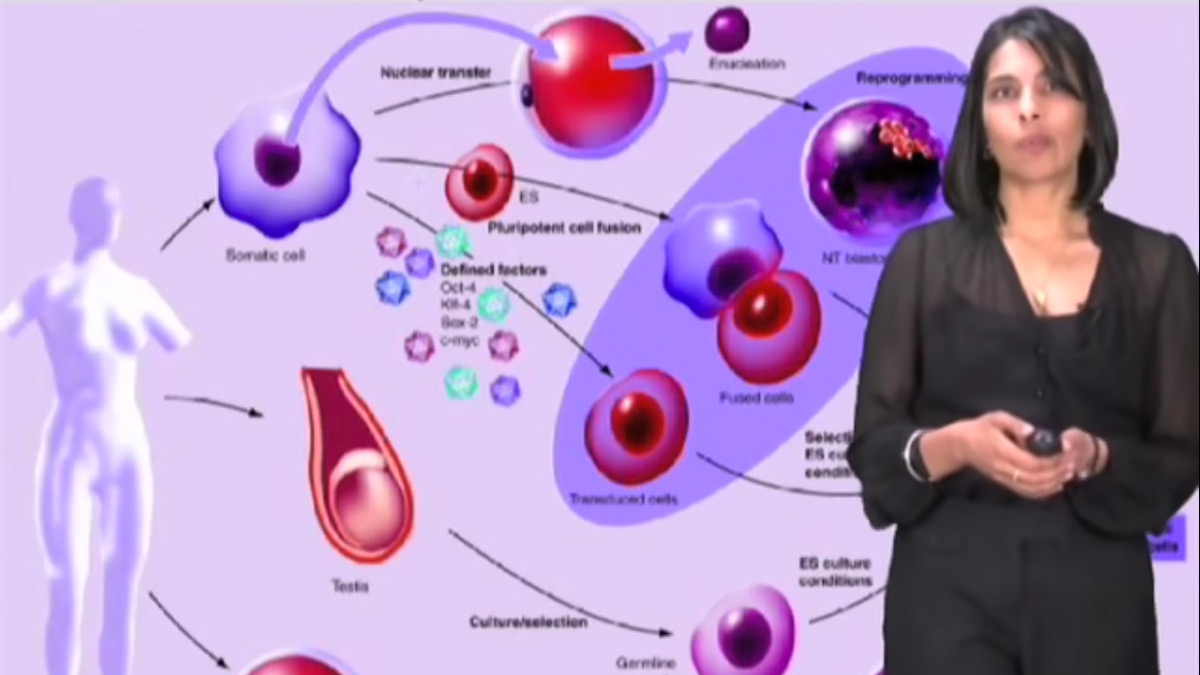
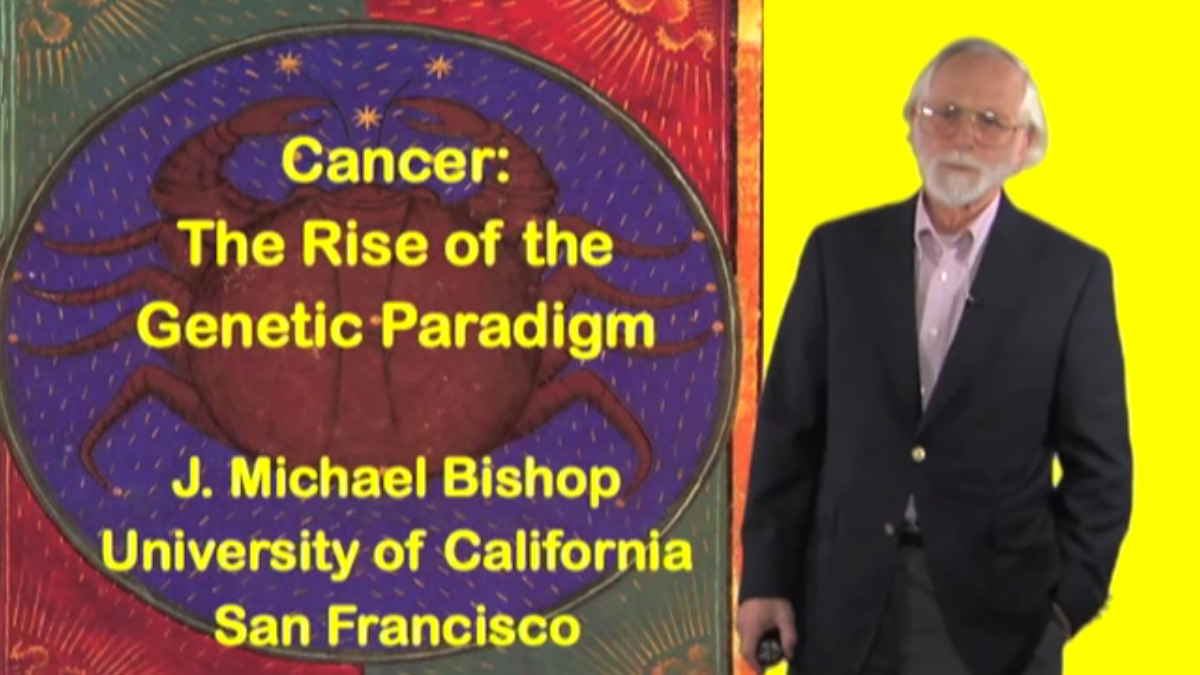
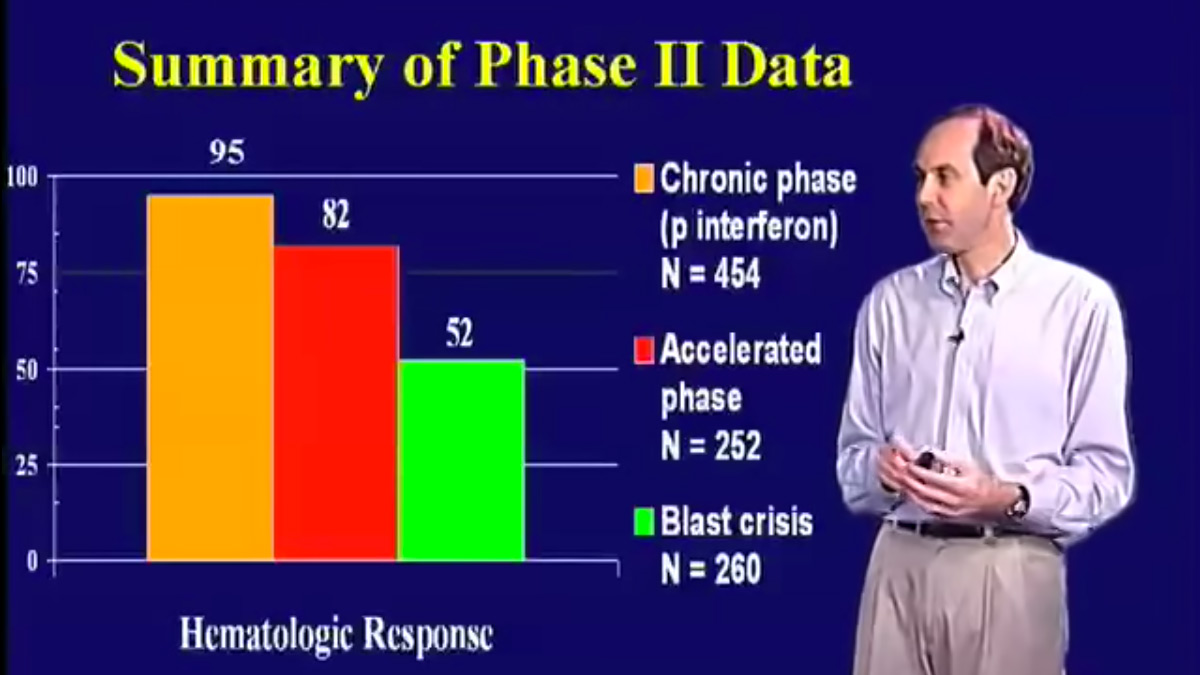





Leave a Reply